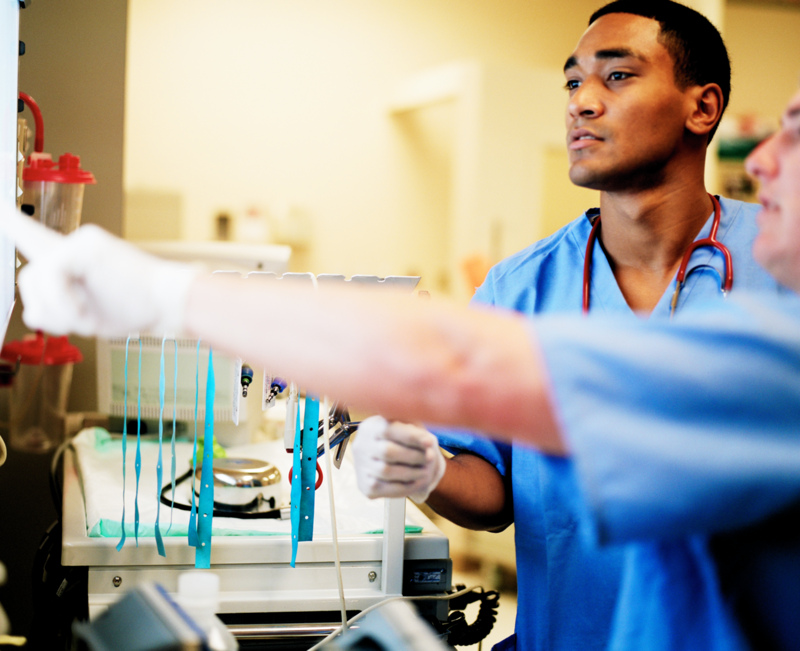
Here are some of the latest health and medical news developments, compiled by the editors of HealthDay:
Subway Restaurants to Remove Chemical From Bread
A chemical called azodicarbonamide will be removed from bread used in Subway sandwich shops, according to the company.
This week, popular food blogger Vani Hari started a petition asking Subway to stop using the ingredient. The operator of FoodBabe.com said Subway uses azodicarbonamide in its bread “as a bleaching agent,” and noted that the chemical is also used to make yoga mats and shoe rubber, the Associated Press reported.
The chemical was being phased out before the petition was launched, according to Subway, which did not specify when the change began or would be finished.
“The complete conversion to have this product out of the bread will be done soon,” the company said in a statement, the AP reported.
—–
Study Suggests Longer Labor is Normal
Longer labor may actually be normal, according to a new study.
An abnormally long second stage of labor is defined as more than three hours for first-time mothers who receive an epidural and more than two hours for those who aren’t given an epidural, according to current guidelines from the American Congress of Obstetricians and Gynecologists (ACOG).
The study findings suggest that a normal second stage of labor can last as long as 5.6 hours for first-time mothers who get an epidural and up to 3.3 hours for those who don’t receive an epidural, The New York Times reported.
For women who’ve had children before, ACOG defines an unusually long second stage of labor as two hours with an epidural and one hour without. The study found that the second stage in these women can last as long as 4.25 hours and 1.35 hours, respectively.
The University of California, San Francisco researchers examined the records of more than 42,000 women who had vaginal delivers without problems. The study appears in the journal Obstetrics and Gynecology.
The findings suggest that doctors “might need to wait later before intervening with oxytocin, forceps, vacuum or a cesarean,” Dr. S. Katherine Laughon, an investigator at the U.S. National Institutes of Health who was not involved in the study, told The Times.
However, she added that doctors, “and women need to balance benefits of vaginal delivery with potential increases in risk for mom and baby.”
Copyright © 2025 HealthDay. All rights reserved.

